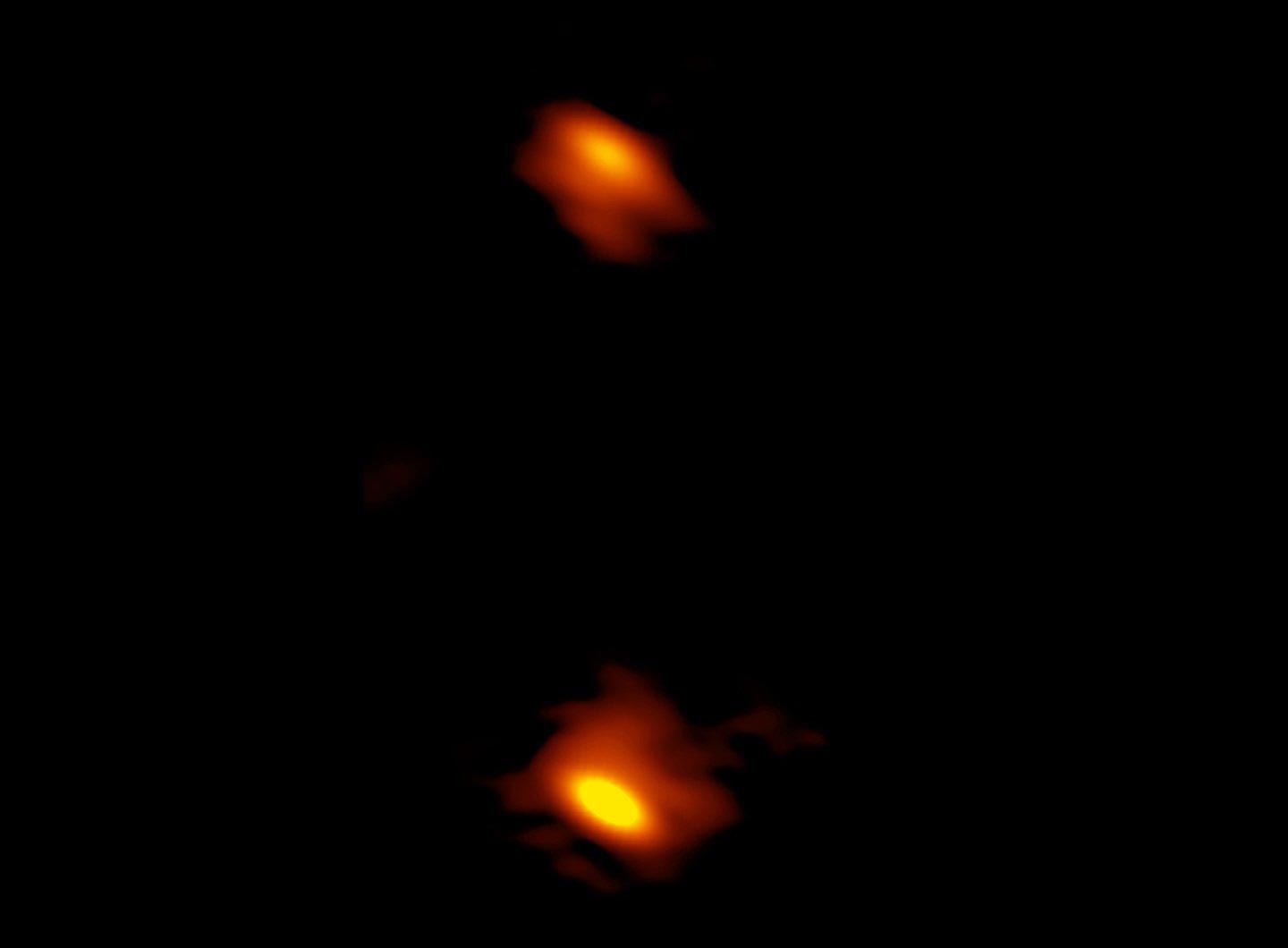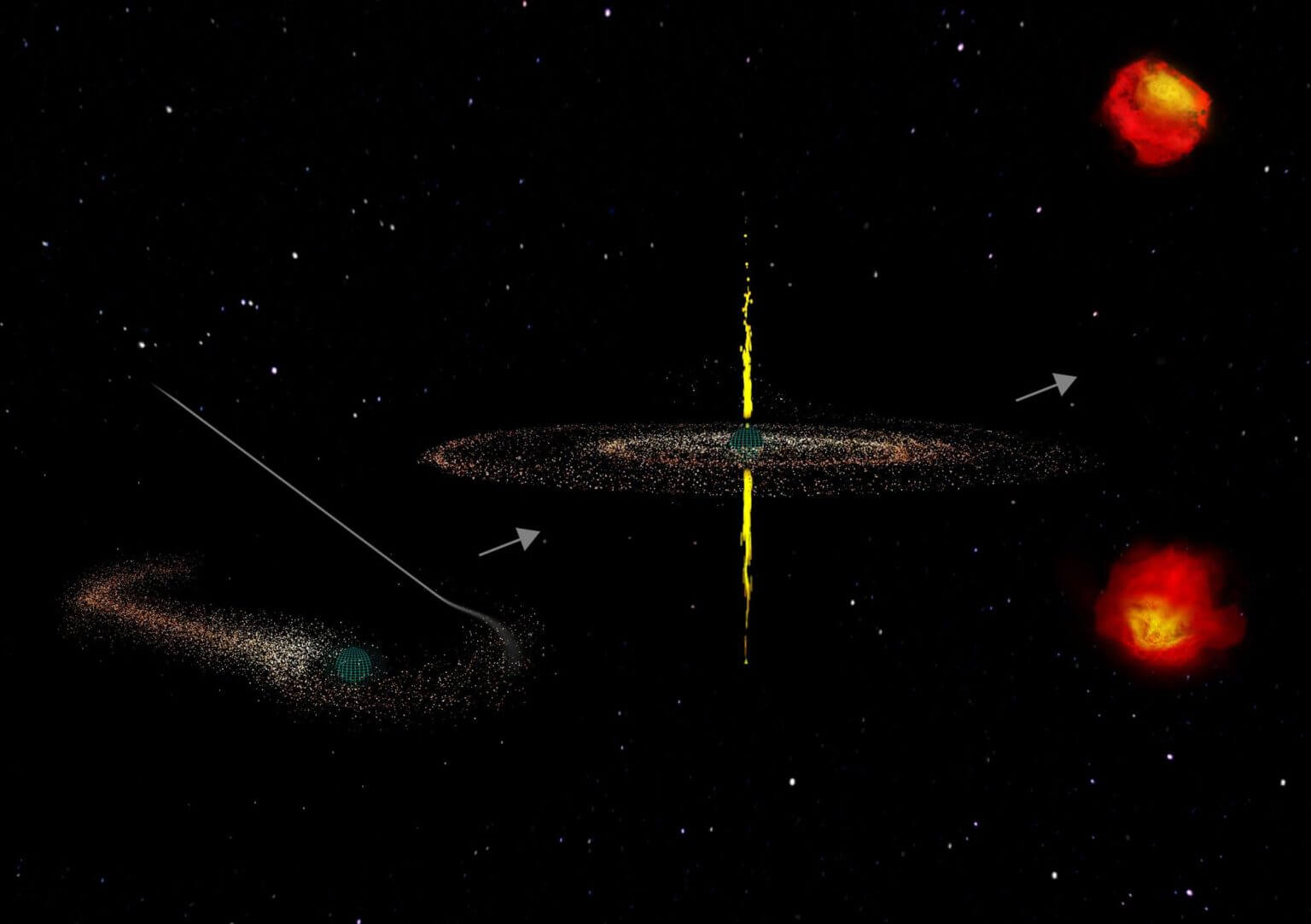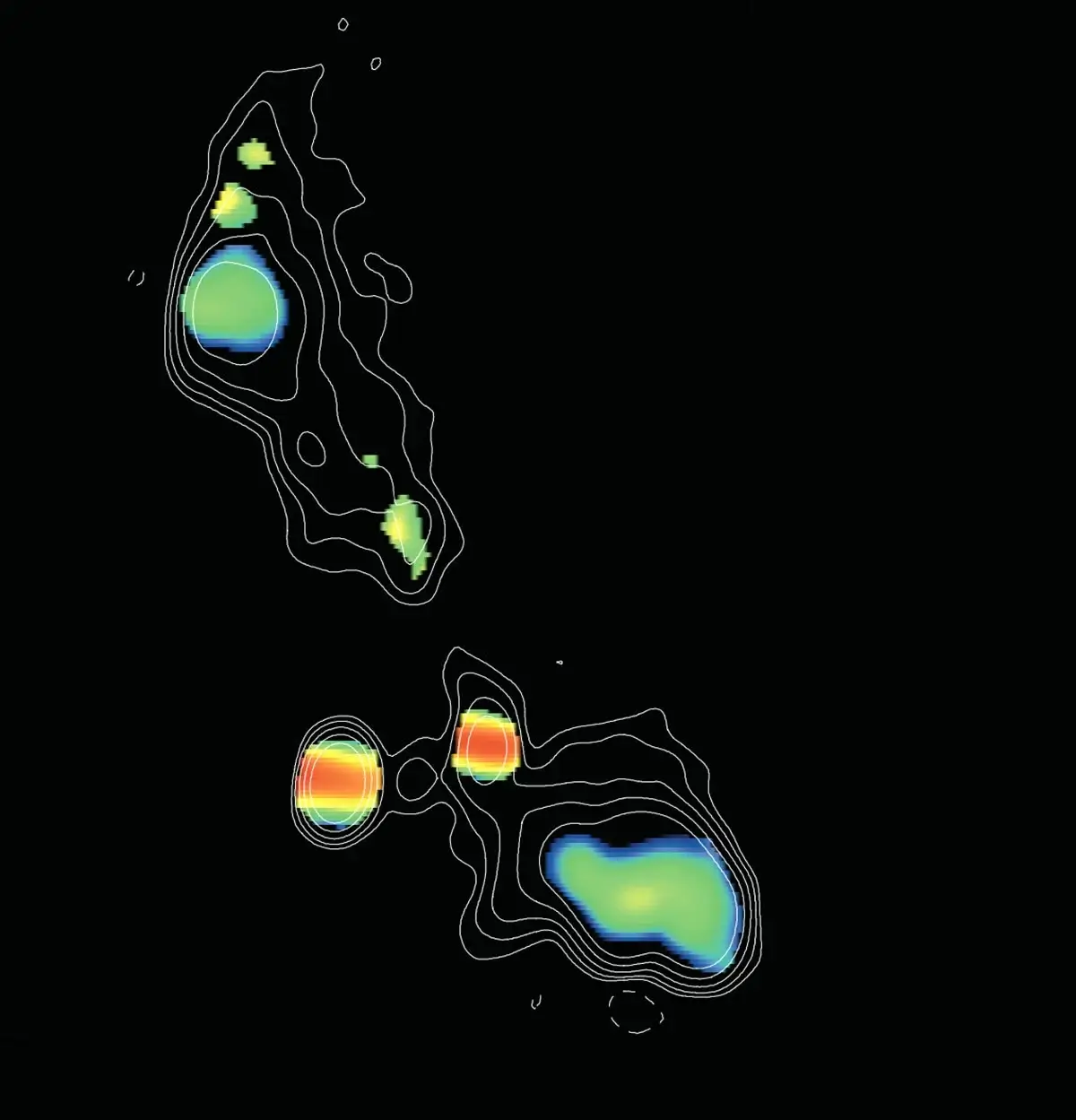A new study reveals details of an unknown class of galaxies called compact compact objects (CSOs) that emit jets moving in opposite directions at speeds close to the speed of light
A new study of an unknown class of galaxies called compact compact objects (CSOs) reveals that these objects are not quite what they seem. CSOs are active galaxies centered on a supermassive black hole. From these monstrous black holes emerge two jets moving in opposite directions at a speed close to the speed of light. But compared to other galaxies that emit intense jets, these jets do not extend to great distances - they are much more compact. For decades scientists thought that CSOs were simply young and that their jets would eventually reach greater distances.
Now, in three different papers in The Astrophysical Journal, a Caltech-led team of researchers has concluded that CSOs are not young but relatively short-lived.

"These CSOs are not young," explains Prof. Emeritus Tony Redhead who headed the study. "You can't call a 12-year-old dog young even though it lives a shorter life than an adult person. These objects are their own type that lives and dies within thousands of years and not millions of years as is common in galaxies with larger jets."
In the new studies, the team reviewed the literature and past observations of 3,000 CSO candidates, verified 64 as genuine and identified 15 additional CSOs. All of these objects have previously been observed with the Very Large Array (VLBA), and some have been observed with other high-resolution radio telescopes. "The VLBA observations are the most detailed in astronomy, providing images with details equivalent to measuring the width of a human hair from a distance of 160 km," says Redhead.

The conclusion from the team's analysis is that CSOs emit jets for 5,000 years or less and then die out. "The CSO jets are very energetic jets, but they seem to be running out," says Vikram Ravi of Calcutta. "The jets stop flowing from the source".
As for what fuels the short-lived jets, scientists believe it's a tidal rip event (TDE), which occurs when a single massive star gets too close to a supermassive black hole and is devoured.

More of the topic in Hayadan:
- Chip-sized particle accelerators
- Astronomers discover powerful fast radio bursts impaling nearby galaxies and help find dark matter
- Cosmic Mysteries Revealed: The Short and Brilliant Lives of Compressed Compact Objects
- STS-115: Takeoff successful - and now for the mission
- Researching the origin of uranium ingots from Nazi Germany

2 תגובות
He is interesting and helps me to understand a problem in physics that I am researching about the connection between the heat map and another interesting phenomenon.
The article is very interesting.